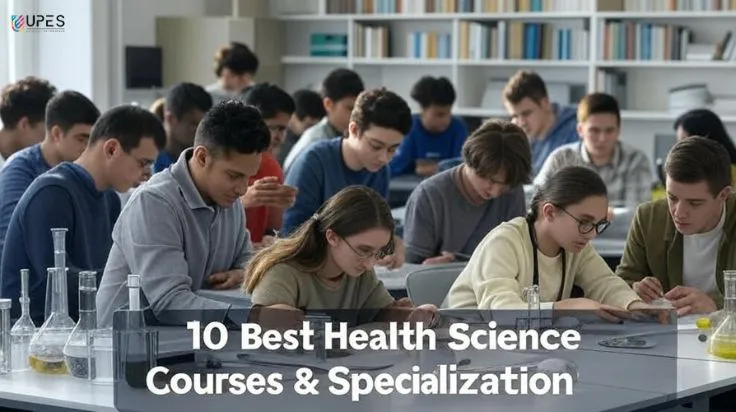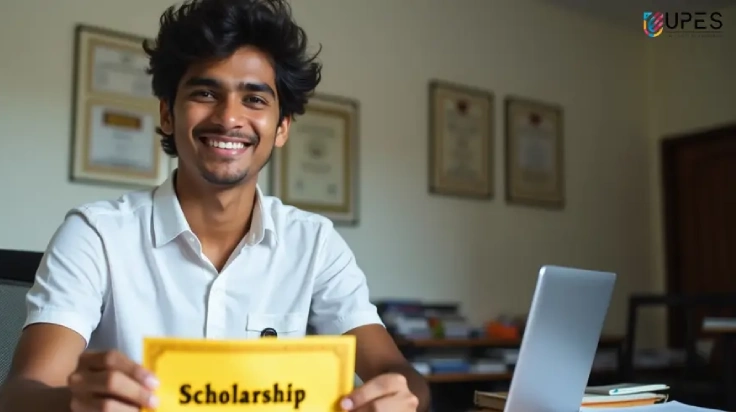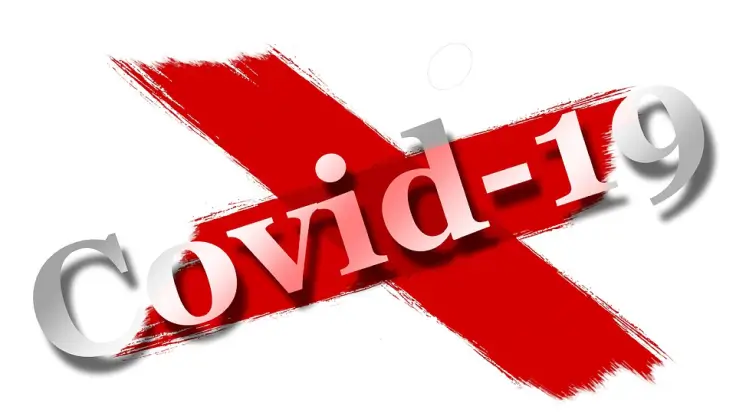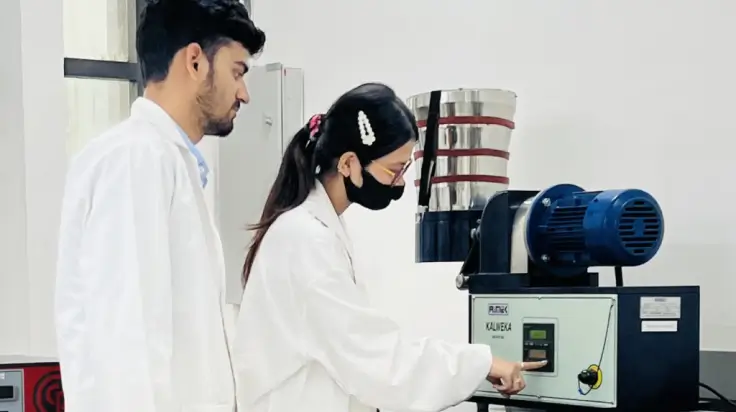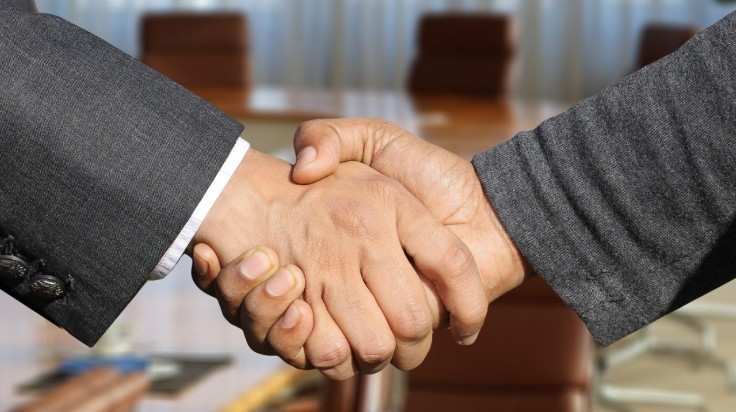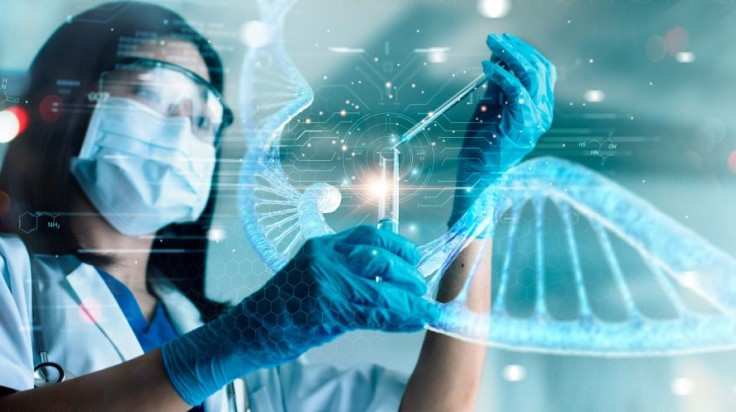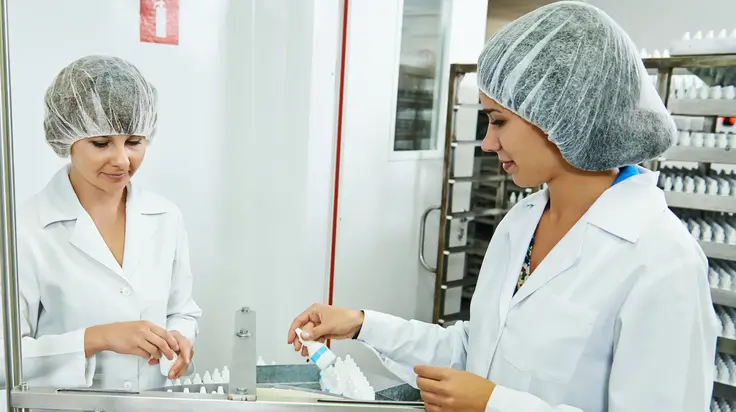Mission Chandrayaan-3: New Avenue for Biological and Health Sciences Research
- Dr. Dhruv Kumar
- Published 05/09/2023

Chandrayaan-3, India’s third lunar mission, is set to open new avenues for scientific research and exploration in the field of biological and health sciences. This ambitious mission will assist scientists in delving into the Moon’s potential to sustain life and its effect on health, while also providing invaluable data regarding the lunar surface’s radiation environment and the impact of space radiation on biological organisms and biomedical equipment.
The Indian Space Research Organisation (ISRO) has consistently been a beacon of national pride, showcasing India’s remarkable achievements in technological innovation and space exploration. Through the successful soft landing of Chandrayaan-3, ISRO’s third lunar mission, the country is poised to embark on yet another monumental stride toward profound scientific revelations. The mission is not solely dedicated to unravelling the enigmas of the Moon; it also harbours the potential to make substantial contributions to the progress of biological and health sciences research. Notably, the mission’s objectives resonate profoundly with the cultural and philosophical foundations of India, as illuminated in the Vedas and the nation’s opulent heritage.
As per the statements made by the Hon’ble Prime Minister of India, Mr Narendra Modi, the designated landing site of Chandrayaan-3 will be referred to as the Shiv-Shakti Point. “Shiv” signifies the determination to promote the well-being of humanity, while “Shakti” signifies the strength with which we can accomplish these aspirations. This intersection of Shiv Shakti on the lunar surface also evokes a sense of connection with the span of India, from the Himalayas to Kanyakumari, thus uniting the entire nation in a single thread. The mission holds the potential to inspire the upcoming generation to step forward and empirically validate the astronomical principles outlined in India’s ancient scriptures and historical records. These significant achievements will be commemorated annually as the National Space Day of India (August 23rd), signifying a milestone in Indian history.
The mission encapsulates India’s unwavering pursuit of knowledge, reflecting the very essence of exploration and curiosity that has been interwoven into the nation’s cultural tapestry for centuries. The Vedas, ancient Indian texts with a history spanning thousands of years, stand as reservoirs of profound wisdom and scientific enlightenment. The mission will empower scientists and researchers to delve into the prospects of life-sustaining conditions on the lunar surface, while its examination of the impact on living organisms resonates harmoniously with the Vedic philosophy that envisions unity and equilibrium within the cosmic arrangement.
Chandrayaan-3 mission holds the potential to offer invaluable data regarding the lunar surface’s radiation environment. Such information could significantly contribute to comprehending the impact of space radiation on biological organisms and biomedical equipment. Gaining insights into space radiation exposure could play a pivotal role in fortifying radiation safeguards for astronauts and in the advancement of cutting-edge medical imaging technologies. The technologies developed for this mission might find additional applications within healthcare and biomedicine. Innovations related to remote sensing, imaging, and communication systems could seamlessly transition into applications within medical imaging, telemedicine, and the monitoring of environmental factors that influence health. The presence of data concerning water molecules or ice on the Moon’s surface would carry profound implications for astrobiology. The understanding of how microorganisms or biomolecules could endure in extreme lunar conditions might serve to illuminate life’s inherent resilience and adaptability in demanding environments.
The mission endeavours to enhance our comprehension of the Moon’s potential contributions to research in biological and health sciences. This pursuit harmonises seamlessly with the core tenets of Indian culture, which holds exploration, learning, and holistic well-being in high esteem. Throughout Indian culture, pursuing knowledge has remained a sacred undertaking for countless generations. The ancient Indian scriptures, known as the Vedas, stand as a testament to the profound curiosity and scientific explorations that have characterised the culture across ages. The data acquired will assist scientists in delving into the Moon’s potential to sustain life and its potential impacts on health. These aspirations resonate deeply with the cultural traditions of India. Much like the Vedas encouraged the understanding of the interconnectedness of life and the cosmos, this mission aspires to unveil the intricate connections between celestial bodies and biological processes. The Vedic texts are abundantly adorned with references to the cosmos, celestial entities, and the relentless pursuit of knowledge. The journey to comprehend the cosmos mirrors the age-old quest of ancient sages to untangle the enigmas of existence.
Chandrayaan-3 mission converges at the juncture of Indian space exploration, India’s cultural legacy, and the wisdom preserved within the Vedas. Its objective is to chart the course for advancements across space research, encompassing physical, chemical, material, biological, and health sciences research. The mission stands as a testament to India’s unwavering commitment to harmonising technology and tradition while honouring the enduring spirit that has propelled the nation’s quest for knowledge throughout history. Within its voyage to decipher the cosmos and delve into the enigma of the Moon, this mission embodies the quintessence of India’s culture and its ceaseless pursuit of comprehending the intricacies of the universe and life’s multifaceted fabric.
Dr. Dhruv Kumar
The writer is Dr. Dhruv Kumar, Professor, UPES School of Health Sciences and Technology
Tags
- chandrayaan 3
- isro
- lunar mission
- mission chandrayaan
- mission chandrayaan 3
UPES Admission Enquiry
Subscribe to UPES Blogs
Join our community for exclusive stories, insights, and updates
By clicking the "Subscribe" button, I agree and accept the privacy policy of UPES.









